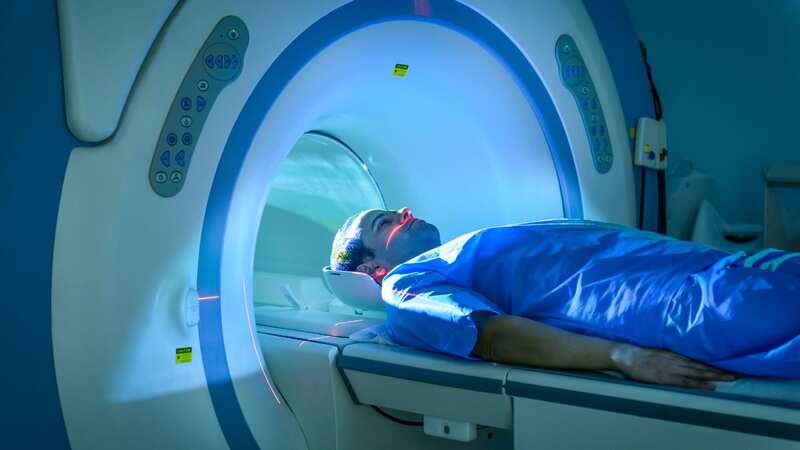AI to predict your life expectancy with chilling accuracy to 'plan a good death'

Scientists have developed a way to tell how long cancer patients have left to live to within months.
Currently medics’ prognosis of how many years someone will survive after diagnosis can be vague and sometimes wildly inaccurate. Patients can live many more years longer than expected while others see their health plummet upon receiving the news of diagnosis and die within weeks.
But scientists have used a huge database of the medical records of most US cancer patients to train artificial intelligence (AI) to give a prediction accurate to within ten months. Charities say knowing how long you have left could help people make the most of their final years and plan a “good death”.
Dr Sarah Holmes, chief medical officer at Marie Curie, said: “Greater certainty around prognosis, when someone has a terminal illness, will no doubt bring comfort to some people. However I routinely support patients who do not wish to know how long they have left when they are told they have an illness they won’t recover from.
 Artificial intelligence may be able to give a prediction accurate to within ten months (Getty Images/iStockphoto)
Artificial intelligence may be able to give a prediction accurate to within ten months (Getty Images/iStockphoto)“From a clinician point of view, more clarity around prognosis could help us ensure we support patients as early as possible and help them maintain the best possible quality of life right until the end.” Cancer is increasingly becoming a disease people live with in Britain rather than die quickly from.
 Warning as popular food and drink ‘increase risk of cancer death by up to 30%’
Warning as popular food and drink ‘increase risk of cancer death by up to 30%’
While total numbers diagnosed continues to increase as we live longer, cancer death rates have fallen by around a quarter since the mid-1980s. But this shift has opened up questions about how people deal with a terminal diagnosis even if they have years left to live. The US team will make the finalised diagnostic tool available to healthcare practitioners globally to allow cancer patients to better plan and make the most of their final years.
The tool analysed the records of more than 400,000 patients diagnosed in 2015 and 2017 with breast, thyroid, and pancreatic cancers from the National Cancer Database (NCDB). This contains the records of 72% of newly diagnosed cancer cases in the US. Northwestern University McGaw Medical Centre in Chicago used it to train the algorithms to recognise patterns between characteristics at diagnosis and patients’ survival at five years, and then to rank the factors with the greatest influence on survival.
They included markers specific to the patient’s tumour as well as patient’s age at diagnosis, tumour size and time from diagnosis to treatment. Study lead author Dr Lauren Janczewski said their validation testing showed that the calculator was “highly accurate” to within nine to 10 months of actual survival.
She said: “The Cancer Survival Calculator differs in several ways from cancer survival estimators already in use. There is a multitude of other factors that may influence a patient’s survival beyond just their staging criteria. We sought to develop this Cancer Survival Calculator to provide a more personalised estimate of what patients can expect regarding their cancer prognosis.”
The findings are due to be presented at the American College of Surgeons (ACS) annual Clinical Congress in Boston, Massachusetts. Cancer is still the number one cause of death, and improvements in Brits’ survival chances have lagged behind those in other wealthier nations.
Read more similar news:
Comments:
comments powered by Disqus































